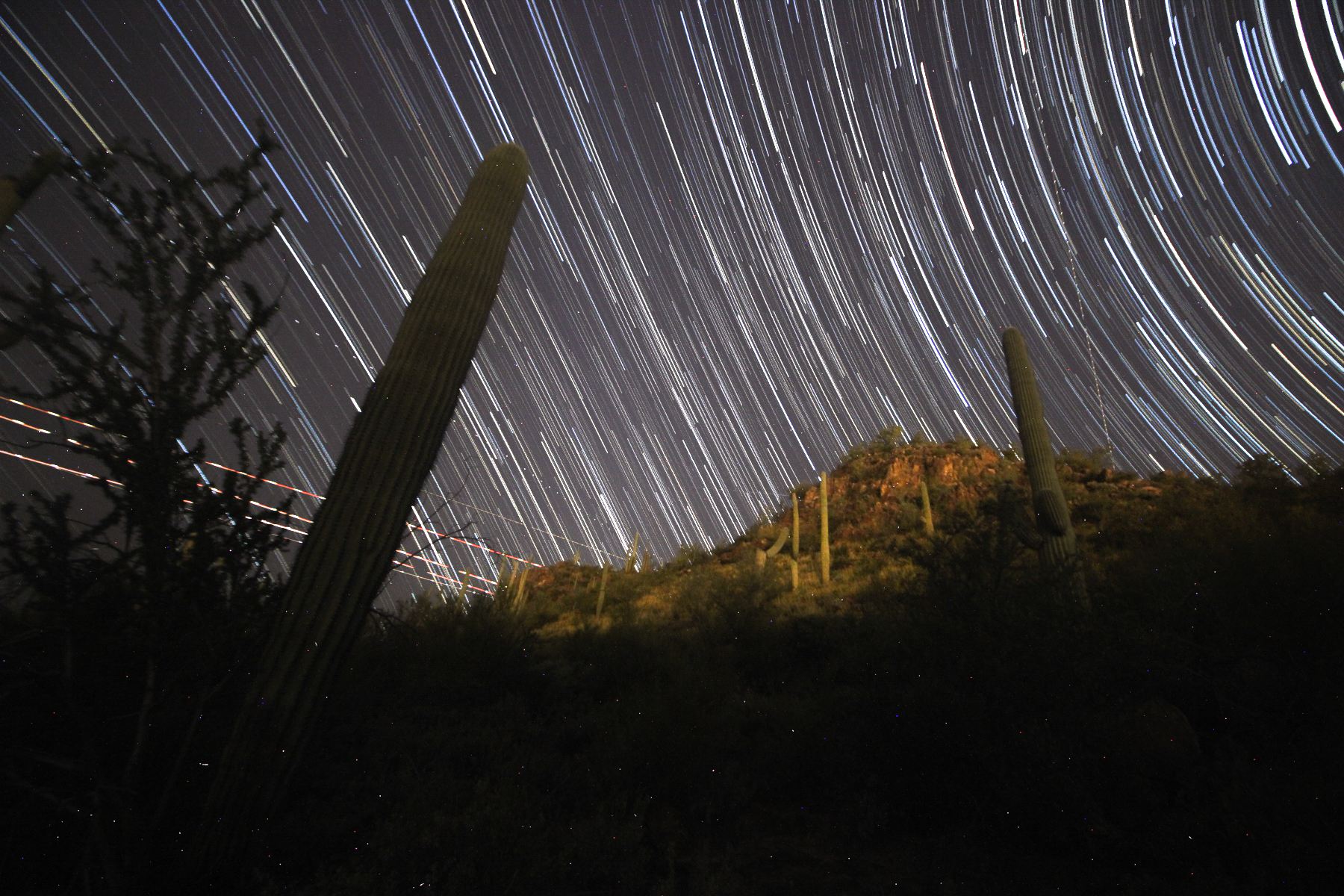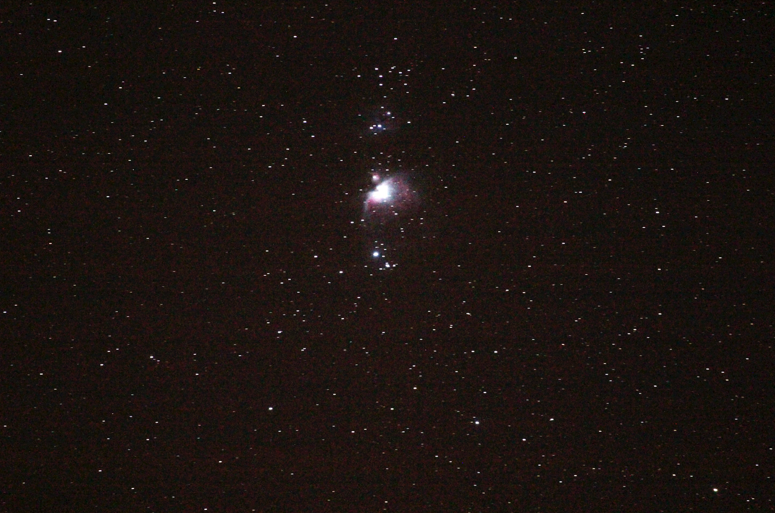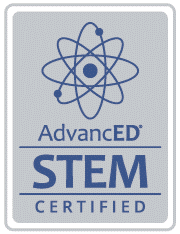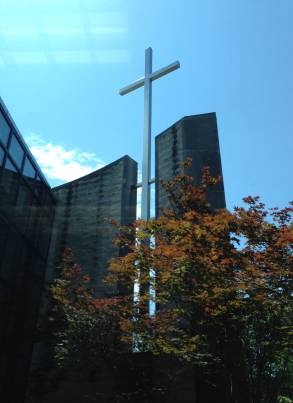Recently, I was given the gift of opportunity to spend a few days with Br. Guy Consolmagno and others from the Vatican Observatory. Together, we worked to explore how to bridge the perceived gap between religion and science, and explored these questions through the lens of astronomy. As Rockhurst continues working to live out our Jesuit identity in our STEAM initiative, such a question is a real one in our own community.

Long exposure of western sky showing earth’s rotation
As a Rockhurst alumnus, I arrived at Creighton with the seeds of really big questions already planted within me. As my head was challenged with the calculus and complexities of studying Atmospheric Science, my heart found consistent consolation in service and putting feet to my faith. The question of how to weave my talents in science with the need to serve the world I was learning to see drove me to strange, hurting, beautiful places. Learning to weave my faith with my love of science defined my time as a student and remains the absolute core of my vocation to teaching.
As a science teacher, I want nothing more for my students than to see the world around them through their own eyes in a way they didn’t think to look at it before. I want them to look at the complexity around them and find the joy in the simplicity that sometimes lies just below the surface. There’s a part of each person who is an adventurer, a person seeking the new and the confusing and exciting. Even if that new has been seen by someone else before, the discovery of it for yourself gives it real meaning. Actually doing science requires us to experience and experiment and reflect on it to understand what it means. Actually doing science requires us to be quintessentially human.
Gustavo Gutiérrez defines theology is reflection on action. I didn’t know his words at the time, but this idea changed how I saw the world and my own faith. My Catholicism became my own, became something that guides how I live, when I found people still crucified today. I met my brothers trying to cross the border for a chance to live, learned from my sisters sold into sexual slavery. I found others who looked different from me but still loved to dance and sit in plastic chairs talking about god and make a mess eating a ripe mango. My faith grew from looking past the surface and finding the new and the different and reflecting on it. I would not have my faith if not for experiencing the world that other people ignore.
I would not have gone to those places if not for the constant, gentle guidance from my teachers. As a teacher at Rockhrust, my goal is do the same for my students, to drive them to the authentic and to give themselves vibrantly and vulnerably to those they meet there. I want students to engage with the world and ask the questions that matter, the same questions that tie us to our past and our core. I want them to feel confused and uncomfortable in the face of those questions. Most importantly, I want them to learn how to find those questions in themselves and in the world. These are not things unique to science or religion; these are the things that lie at the very heart of what sets us apart from simply surviving.
I’m myself most fully when I get to accompany others as they make discoveries and find some part of themselves alive in ways they’ve not felt below. I’ve seen my students on top of mountains and smiling through a face of concrete dust in Tijuana. I’ve watched their faces their robot moves for the first time and as chemical flashes unexpectedly. I know some of the questions those things bring to them, and I cherish getting to be part of them.
The world needs people who have come alive, who have found their passions and abilities and want to give them away in service. If we’re honest about what sets us apart as Jesuit educators, it should be our steadfast commitment to the growth of the whole person. That growth happens most when we’re confronted with the things that require us ask questions. If I’m examining my role as a science teacher in a Jesuit school, these questions must be at the heart of what I teach. Taking them seriously helped me to find my own vocation and lead me here. Helping my students ask those questions in the service of their faith and for the promotion of justice is the core of what I am trying to do, and is my lived answer as to how to be a bridge between science and faith.





Comments